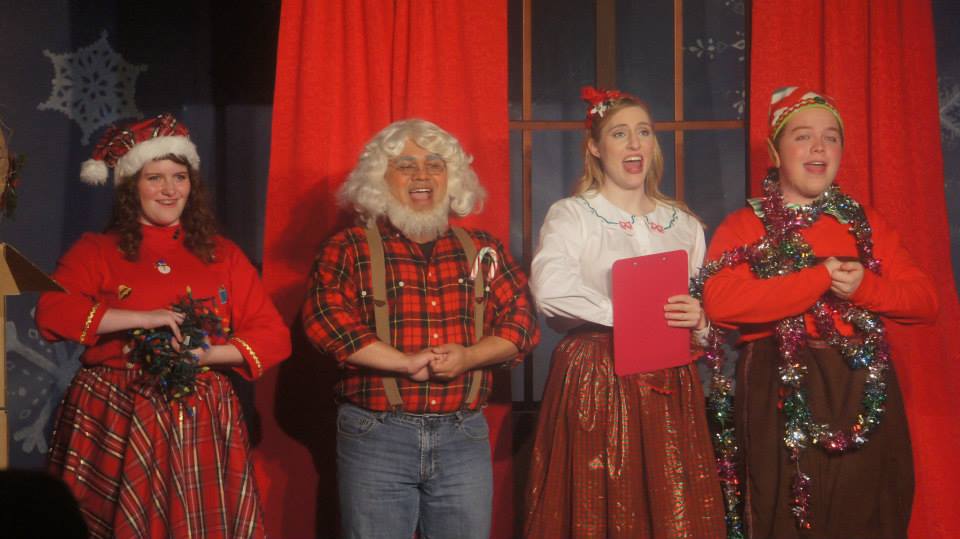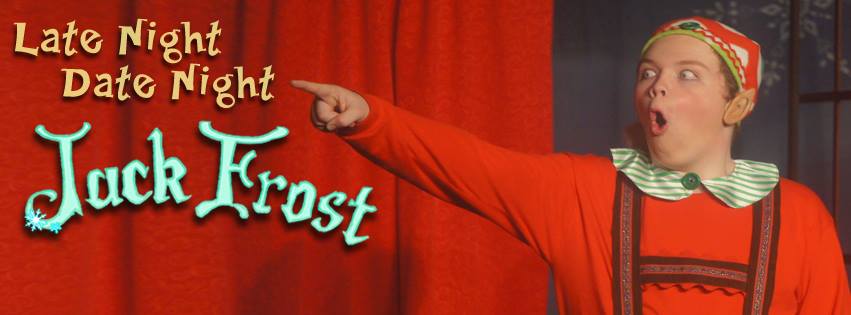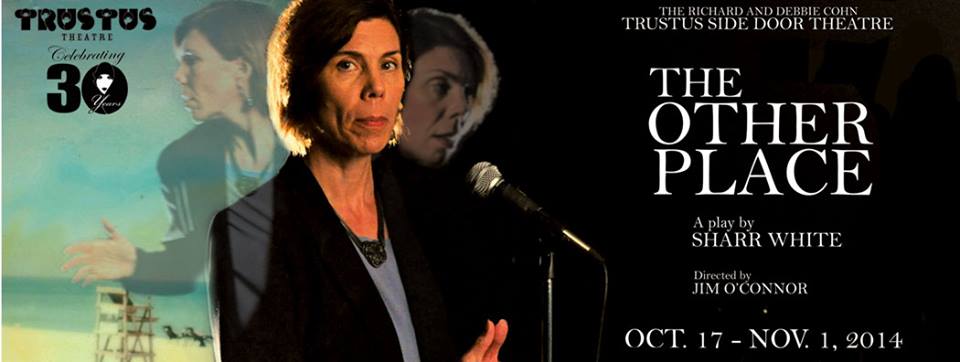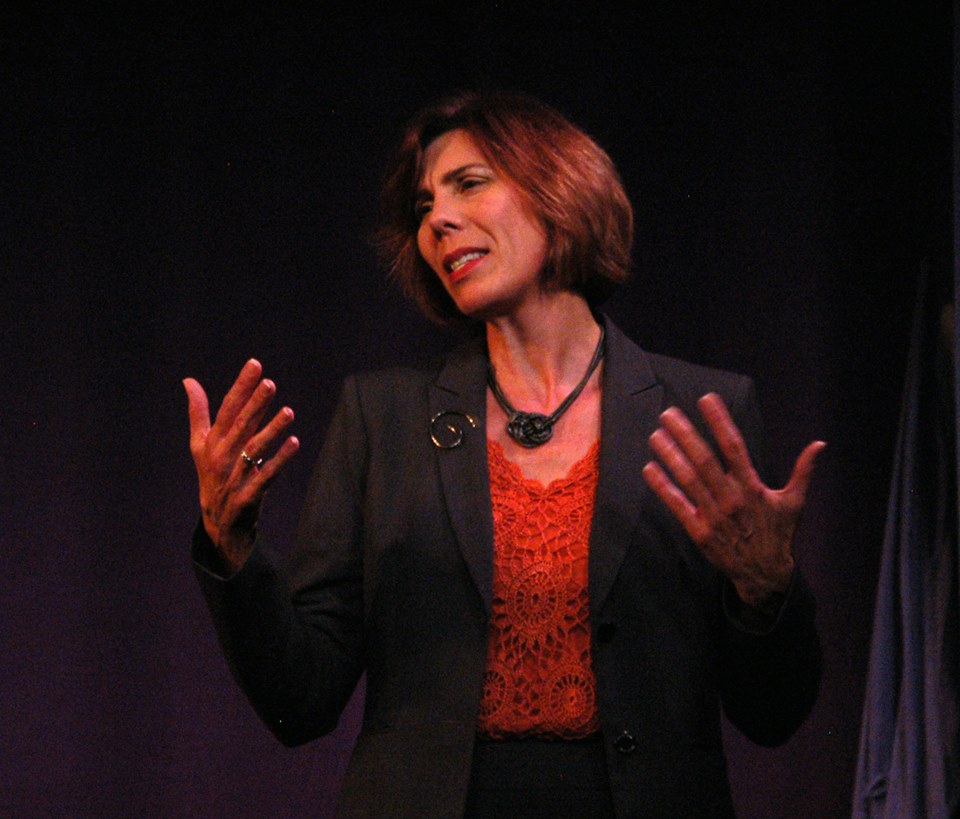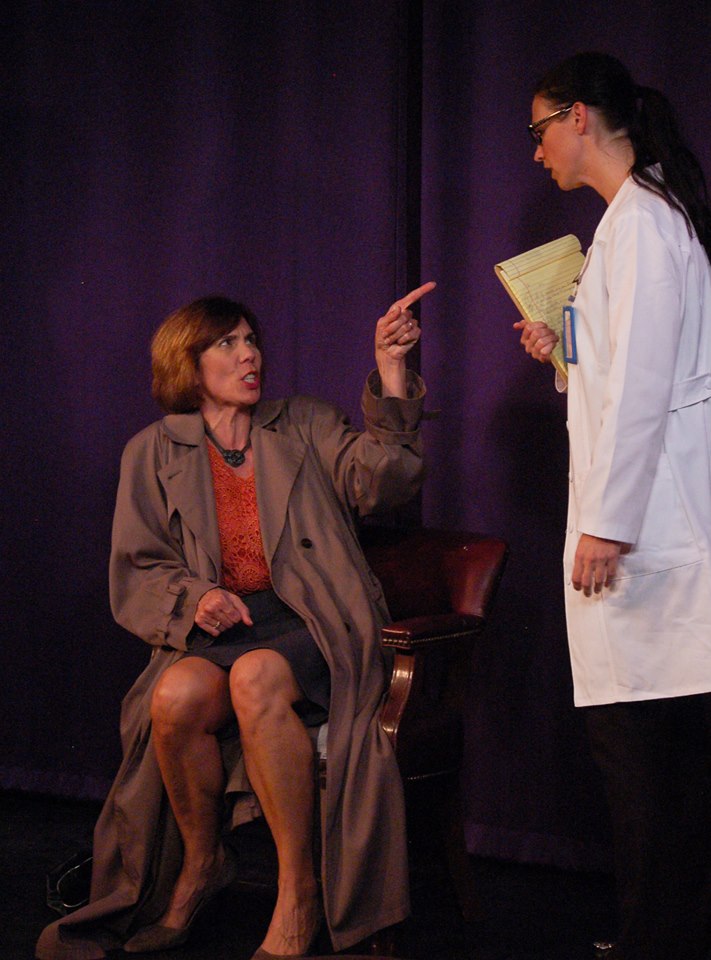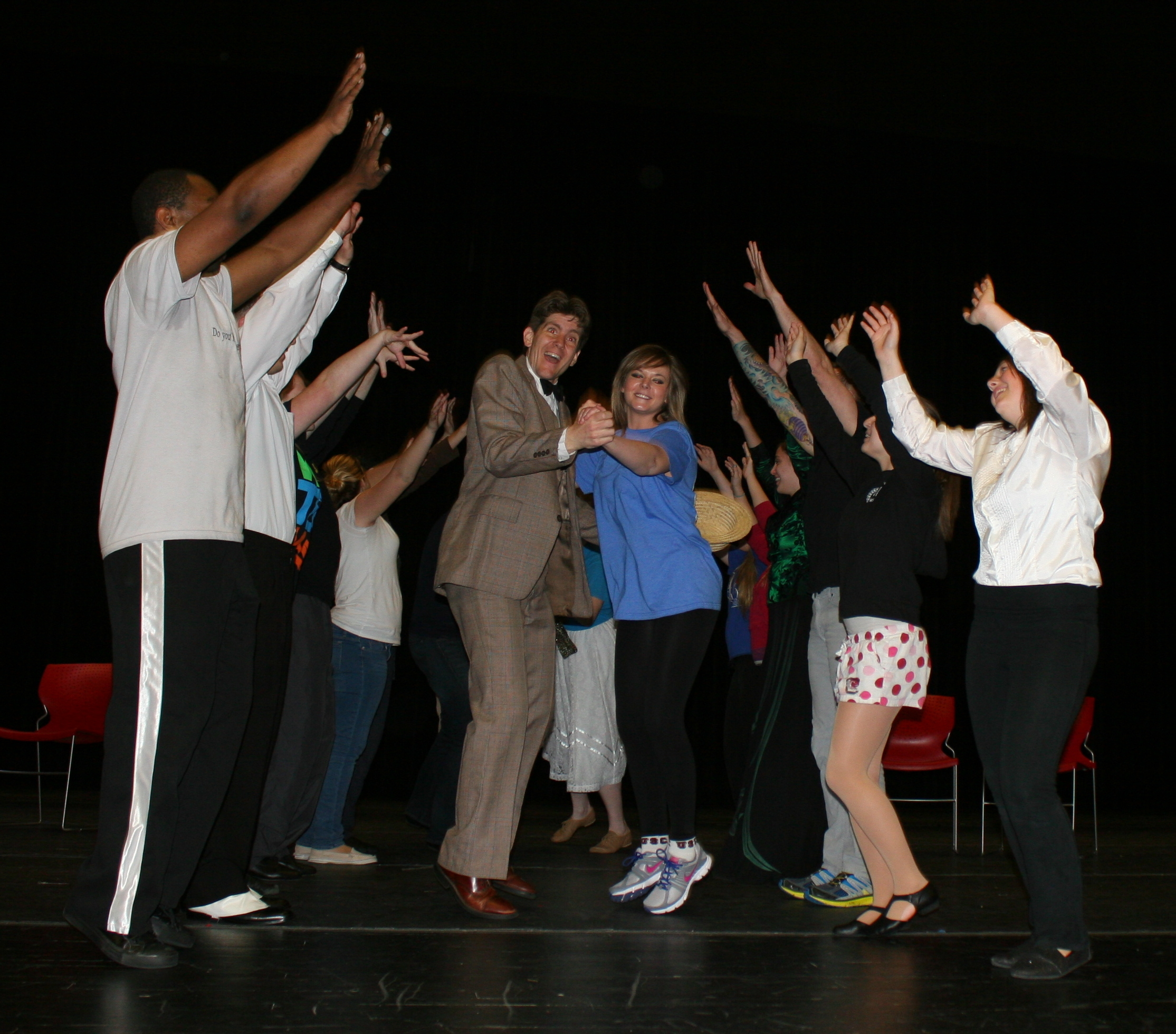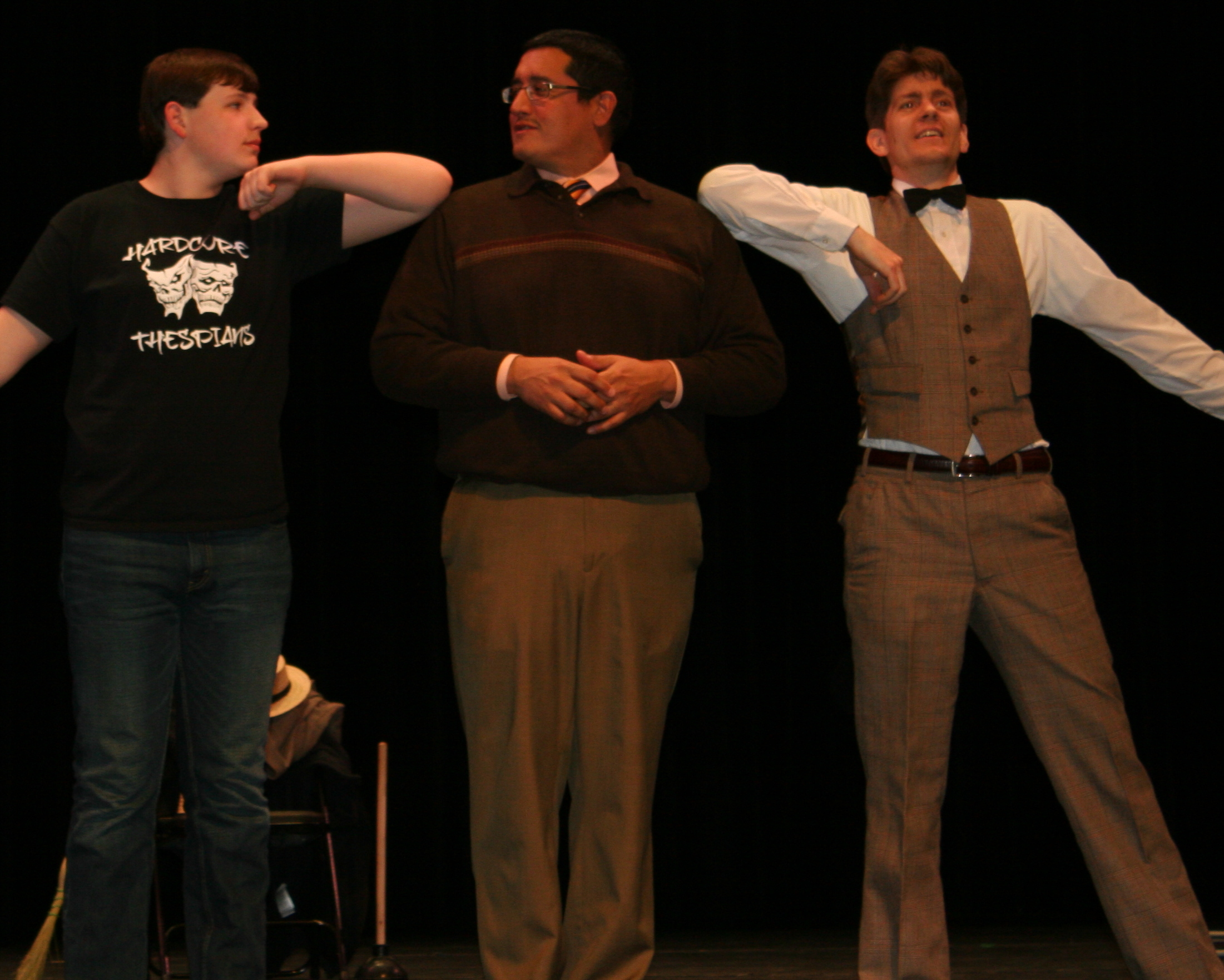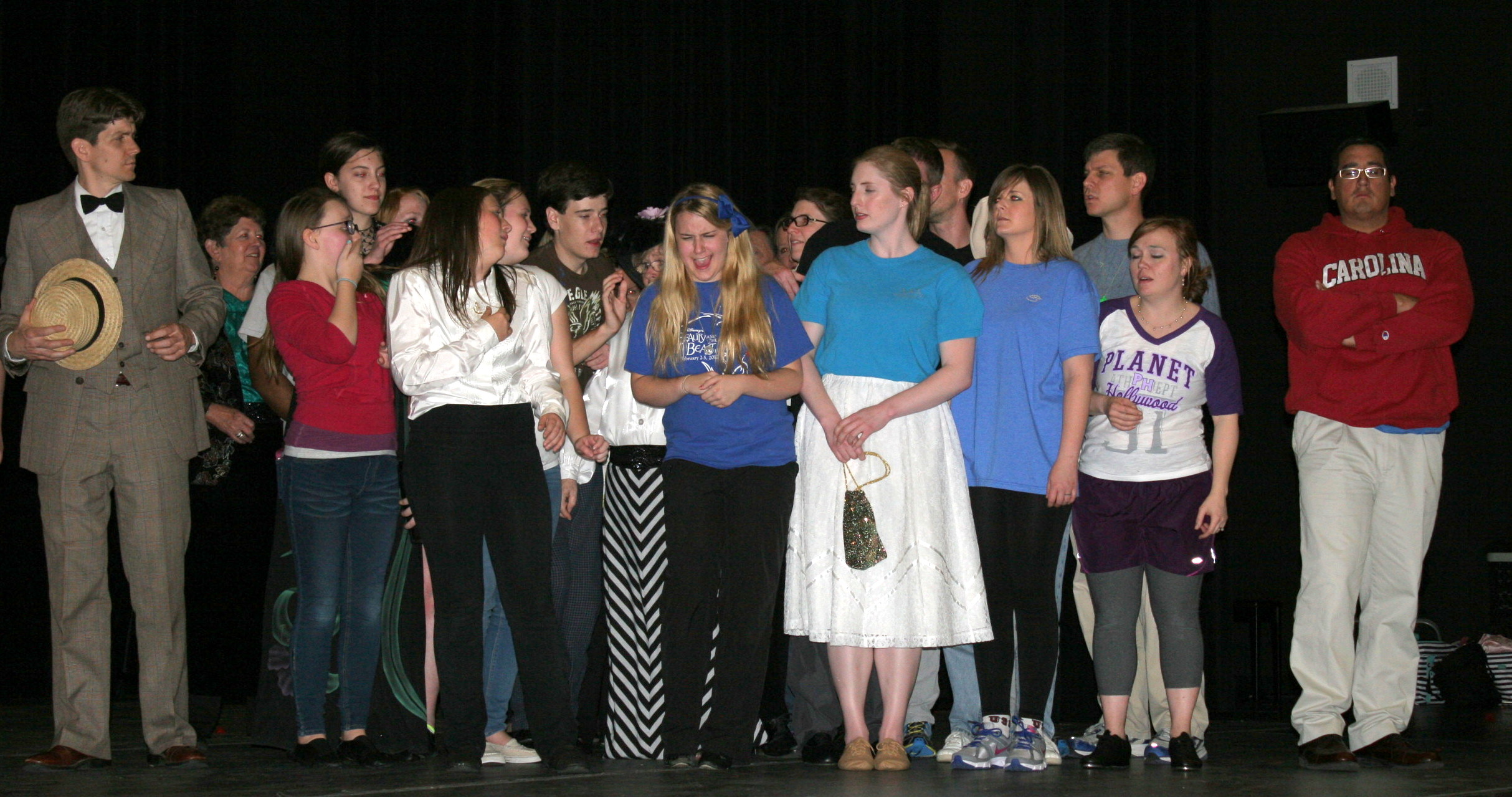 Columbia Children’s Theatre presents Jack Frost, a world premiere musical with book and lyrics by Crystal Aldamuy and music by Paul Lindley II, through Sunday, December 14. Here in Columbia, SC, we have plenty of reasons to be grateful for the presence of CCT in our community, such as high quality children’s theatre performed by professional actors, educational outreach programs, and theatre training and performance opportunities for youth. Yet another reason to cherish CCT emerges with the production of Jack Frost, which further establishes the theatre’s commitment to the development of new works. Past original productions have included adaptations of Puss and Boots, The Snow Queen, A Christmas Carol, and a number of commedia dell’arte shows. Any artist who has collaborated on the production of new work for the theatre can tell you that such endeavors require a special level of dedication, hard work, and ingenuity. We are fortunate to have a children’s theatre in Columbia that persists in the development and presentation of new plays and musicals right here in our own community. Audiences will be delighted by the enchanting and upbeat experience of Jack Frost.
Columbia Children’s Theatre presents Jack Frost, a world premiere musical with book and lyrics by Crystal Aldamuy and music by Paul Lindley II, through Sunday, December 14. Here in Columbia, SC, we have plenty of reasons to be grateful for the presence of CCT in our community, such as high quality children’s theatre performed by professional actors, educational outreach programs, and theatre training and performance opportunities for youth. Yet another reason to cherish CCT emerges with the production of Jack Frost, which further establishes the theatre’s commitment to the development of new works. Past original productions have included adaptations of Puss and Boots, The Snow Queen, A Christmas Carol, and a number of commedia dell’arte shows. Any artist who has collaborated on the production of new work for the theatre can tell you that such endeavors require a special level of dedication, hard work, and ingenuity. We are fortunate to have a children’s theatre in Columbia that persists in the development and presentation of new plays and musicals right here in our own community. Audiences will be delighted by the enchanting and upbeat experience of Jack Frost.
Director Jerry Stevenson delivers an entertaining production of this clever new musical by Aldamuy and Lindley. Creative characters, inventive humor, and enjoyable music delighted the audience at the matinee I attended with my husband and two young children. The story explores the family life of the title character, focusing on parent-child conflict over tradition and responsibilities. While Isis and Ike Frost expect their son Jack to become part of the family business, Jack would rather cause mischief and go on adventures than toil away producing individual snowflakes or painting leaves. The warm Kringle family poses a worthy counterpoint to the icy Frost folks. When Crystal, the Kringle daughter, switches places with Jack, both families have a lot to learn.
Not only have Aldamuy and Lindley created the material for their first original musical, they are also involved in this production. Aldamuy has devised crisp choreography for numbers such as “Reindeer Tango” as well as providing stage management expertise. As Jack Frost, Lindley captivates the audience with his agile antics and impressive singing voice, evident in “Jack’s Ballad” among other strong musical numbers. Julian Deleon provides a comforting paternal presence as Chris Kringle, thus achieving another successful foray on the CCT stage. Rachel Arling (Christine Kringle, and - full disclosure - a contributor to Jasper), Carol Beis (Isis Frost), and Charley Krawczyk (Ike Frost) energize their scenes with appealing performances, while Kaitlyn Fuller portrays Crystal with vivacity and charm. Anthony Harvey plays the dual roles of Old Man Winter and Elf; his impish Elf becomes the show’s comedic engine. My preschool son’s belly laughs testified to Harvey’s hilarious and skillful portrayal, not to mention the kid’s desire to imitate some of the Elf’s inventive shenanigans. (At certain performances, Toni V. Moore plays Isis Frost, Jerryanna Williams plays Crystal Kringle, and Lee O. Smith plays Chris Kringle.)
Costume design (Donna Harvey and Stevenson), scenic artistry (Jim Litzinger, Stevenson, D. Harvey and A. Harvey), and sound design (Lindley) maintain the high standards of artistic quality that distinguish CCT performances. Distinctive color palettes work effectively to differentiate the worlds of Frost and Kringle, especially through the superb costuming choices. Matt Wright (Sound Technician) and Brandi Smith (Light Board Operator) also provide valuable technical support.
It is a credit to the community’s enthusiasm for CCT that a brand new and unknown work can draw a packed house similar to audiences that attend more familiar plays. My first grade daughter is always eager to go whenever I suggest a trip to CCT. Show title, genre, characters? No concerns of hers; she is just elated at the prospect of another show. You see, my daughter – like so many of us in Columbia – trusts that whatever production she sees at CCT, she will have a great experience. Thank goodness for the extraordinary talents at Columbia Children’s Theatre for their vision and artistry. We can’t wait to see what they dream up next.
~ Melissa Swick Ellington
The world premiere of Jack Frost continues through this Sunday, Dec. 14, with morning, matinee, and evening performances. For ticket information, call (803) 691-4548 or visit http://www.columbiachildrenstheatre.com/jack-frost/. And don't forget - there's also Late Night (i.e. 8 PM rather than 7 PM) Date Night for Mom and Dad on Friday, December 12, and when the kids are away, the actors will play! The cast performs the same script, but loosen up and bring out double (and triple) entendres for a riotous evening of PG-13-ish fun. This is an unpredictable evening of fun and surprises that is pretty much guaranteed to make you say, "I can't believe they got away with that in a Children's Theatre!" Recommended for ages 17 and up. And while 8:00 may be late for Children's Theatre folk, it's still early enough (since the show only runs one hour) that you can head out into the night for more fun, in a great mood, after having laughed yourself silly! For more info or tickets, visit http://www.columbiachildrenstheatre.com/event/late-night-jack-frost/


